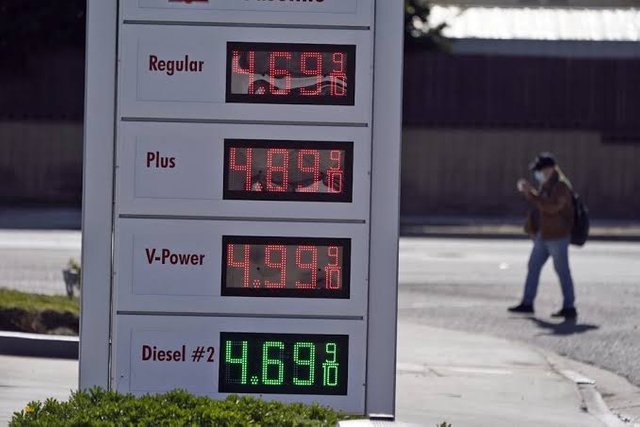Inflation hit a new pandemic-era peak in June, with US consumer prices rising 9.1% year-on-year, according to the latest data released Wednesday by the Bureau of Labor Statistics.

This is the highest level in more than 40 years and higher than the previous reading, when prices were up 8.6% for the year ended May. According to Refinitiv, the 8.8% is much higher than what economists had predicted.
The Consumer Price Index for June also showed that overall prices that consumers pay for a variety of goods and services rose by 1.3% from May to June.
Much of the June increase was driven by a jump in gasoline prices, which were up nearly 60% over the year. Americans faced record-high gas prices last month, with the national average topping $5 a gallon across the country. Electricity and natural gas prices also rose, by 13.7% and 38.4%, respectively, for the 12-month period ended in June. Overall, energy prices rose by 41.6% year over year.
The increases, however, were felt across all categories. Prices for food at home were up 12.2% over the year, with eggs up 33.1%, butter up 21.3%, milk up 16.4%, chicken up 18.6%, and coffee up 15.8%. Shelter costs were up 5.6%.
President Joe Biden said Wednesday the June CPI inflation reading was "unacceptably high" but noted that it is "also out of date," since gas prices have lowered in the last 30 days. Gasoline and crude oil prices are now below $100 per barrel, down from their highs in June.
"Energy alone comprised nearly half of the monthly increase in inflation," Biden said. "Today's data does not reflect the full impact of nearly 30 days of decreases in gas prices, that have reduced the price at the pump by about 40 cents since mid-June. Those savings are providing important breathing room for American families. And, other commodities like wheat have fallen sharply since this report."
Biden also reiterated that tackling inflation is his "top priority."
Stripping out food and energy costs, which tend to represent transitory fluctuations, core CPI prices rose by 0.7% from May to June and by 5.9% for the 12-month period ended in June.
The Federal Reserve pays particular attention to that core data when assessing future inflationary trends, and the latest numbers likely give the central bank a green light to continue with its aggressive series of rate hikes to cool off the economy and bring down higher prices. The Fed is widely expected to raise its benchmark interest rate by at least 75 basis points at its next monetary policymaking meeting on July 26-27.